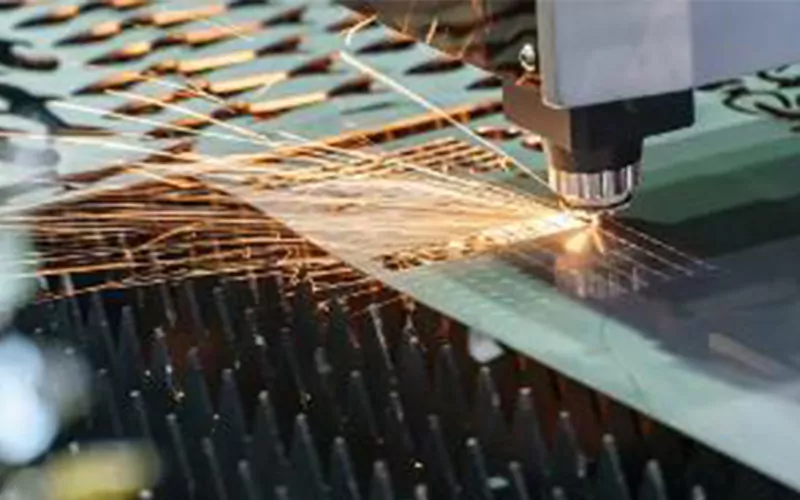From its origins to its current state, it has undergone many significant changes laser cutting metal service.
When it comes to metal fabrication, precision and efficiency are crucial factors that can make or break a project. In recent years, laser cutting has emerged as a game-changer in the industry, offering unparalleled accuracy and speed. Let's take a closer look at how laser cutting is revolutionizing metal fabrication processes.
The Science Behind Laser Cutting
Laser cutting involves the use of a high-powered laser to cut through materials with precision. The process begins with the creation of a digital design, which is then fed into the laser cutting machine. The machine focuses the laser beam onto the surface of the metal, melting, burning, or vaporizing the material along the predetermined cutting line. The result is a clean, precise cut that meets the exact specifications of the design.
One of the key advantages of laser cutting is its ability to cut through a wide range of materials, including steel, aluminum, copper, and more. This versatility makes it a popular choice for various industries, from automotive and aerospace to electronics and jewelry.
Advantages of Laser Cutting
When compared to traditional cutting methods, laser cutting offers several distinct advantages. Firstly, the precision of laser cutting is unmatched, allowing for intricate designs and tight tolerances. This level of accuracy is particularly beneficial for industries that require complex and detailed metal components.
Furthermore, laser cutting is highly efficient, with the ability to produce large volumes of parts in a relatively short amount of time. This speed and productivity make it a cost-effective solution for manufacturers looking to streamline their production processes.
Applications of Laser Cutting
The applications of laser cutting in metal fabrication are vast and diverse. From creating custom metal signage and decorative panels to producing intricate mechanical parts and components, laser cutting has found its way into numerous industries.
For example, in the automotive industry, laser cutting is used to fabricate precision parts for vehicles, such as brackets, chassis components, and exhaust systems. In the aerospace sector, laser cutting plays a critical role in producing lightweight yet durable aircraft components, including turbine blades and structural elements.
The Future of Laser Cutting
As technology continues to advance, the future of laser cutting in metal fabrication looks promising. Innovations in laser technology, such as the development of fiber lasers, are enhancing the speed and efficiency of the cutting process. Additionally, advancements in automation and robotics are further optimizing the production workflow, leading to increased productivity and reduced lead times.
Furthermore, the integration of artificial intelligence and machine learning is enabling predictive maintenance and real-time monitoring of laser cutting machines, ensuring optimal performance and minimal downtime.
In conclusion, laser cutting has undoubtedly transformed the landscape of metal fabrication, offering unparalleled precision and efficiency. As the industry continues to evolve, we can expect to see even more innovative applications and advancements in laser cutting technology, further solidifying its position as a cornerstone of modern manufacturing.
